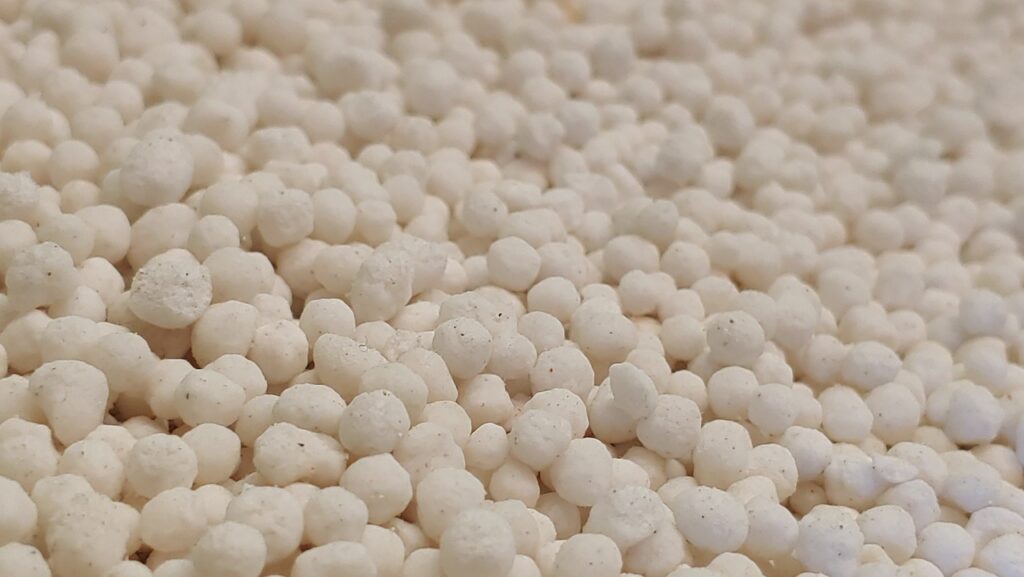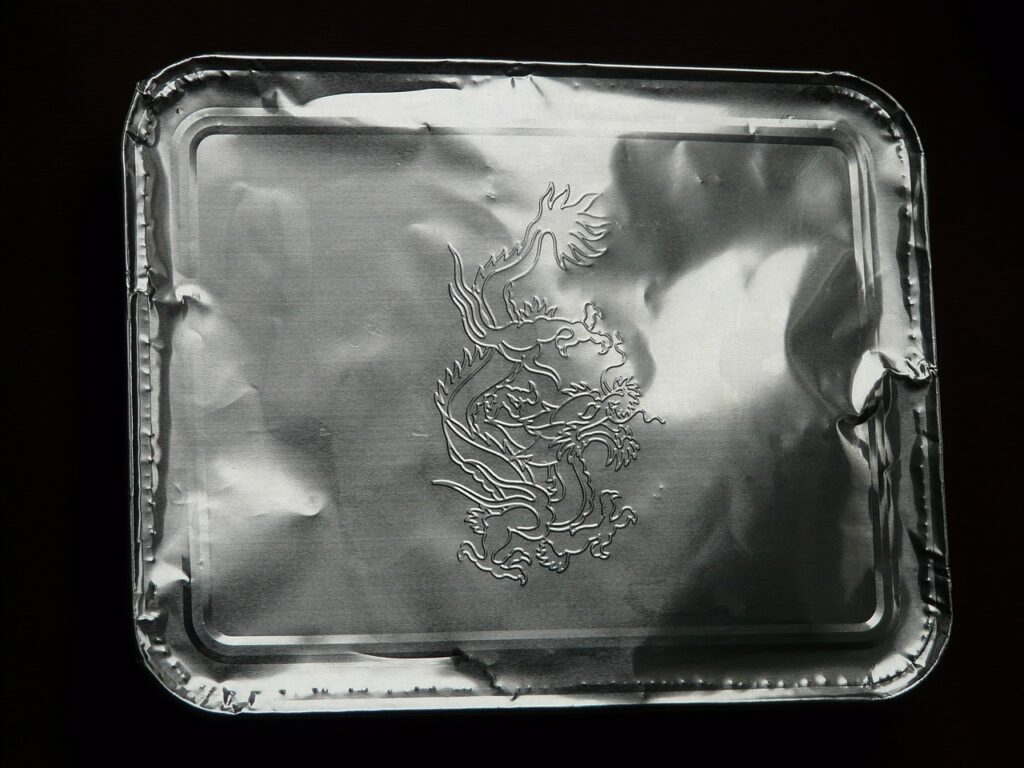Group 13, or the boron group, of the periodic table contains the elements boron and aluminum. Although their chemical characteristics are to some extent similar, their distinct qualities allow for a wide range of applications. Both components are used in a wide range of industries, from high-tech applications to regular consumer goods.
Uses of Boron and Its Compounds:-
1. Glass and Ceramics:- A common element in the glass and ceramics industries is boron. Because of its low coefficient of thermal expansion, borosilicate glass which contains boron oxide is known to be resistant to thermal shock. This kind of glass is frequently found in lighting fixtures, cookware and scientific glassware. Boron compounds are perfect for optical lenses and other premium glass goods because they improve the toughness and transparency of glass.
2. Agriculture:- For plants, boron is a crucial micronutrient. It is essential for the synthesis of cell walls and the control of many metabolic processes. Low crop yields and underdeveloped growth might result from a boron shortage. Borax (sodium tetraborate) and other boron compounds are used as fertilizers and soil additions to improve crop growth and production.
3. Detergents and Bleaches:- Because boric chemicals, especially sodium perborate, dissolve in water and produce active oxygen, they are employed in detergents and bleaches. They are efficient at cleaning and removing stains because of its quality. Besides, boron compounds soften water, making soaps and detergents work better in hard water.
4. Neutron Absorption in Nuclear Reactors:- One of the most efficient neutron absorbers is boron, especially the isotope boron-10. Because of this characteristic, it is a necessary component of nuclear reactors, where it regulates the rate of fission processes. Boron is frequently utilised as a radiation shielding material and in control rods.
5. Magnets and Electronic Devices:- In order to create powerful permanent magnets like neodymium magnets, boron is an essential component. These magnets are employed in many different devices, including as wind turbines, computer hard drives, and electric motors. In order to increase the effectiveness and performance of electronic circuits, boron compounds are also utilised in the production of semiconductors and other electronic devices.
6. Fiberglass and Composites:- Materials require for strengthening, can benefit from the low weight and high strength and stiffness of boron fibers. They are perfect for uses in athletic goods, aerospace, and the military. Advanced composite materials also contain boron fibers, which improve the materials’ mechanical qualities and corrosion and heat resistance.

Uses of Aluminium and Its Compounds
1. Packaging:- The packaging sector makes extensive use of aluminum because of its lightweight, non-toxic, and corrosion-resistant qualities. Common food, beverage, and pharmaceutical packaging materials include aluminum foil, cans, and containers. Because metals shield contents from light, air, and moisture, they are perfect for maintaining product quality and freshness.
2. Transportation:- Aluminum is used extensively in the aerospace and automotive industries due to its strength and low weight. To save weight and increase fuel efficiency, aluminum alloys are utilised in the construction of automobile bodywork, airplane frames, and other transportation components. The lifetime and durability of automobiles are also enhanced by the metal’s resistance to corrosion.
3. Construction:- In the building sector, aluminum is frequently used to create windows, doors, and roofing. Because of its strength, resilience to corrosion, and low weight, it is perfect for use in construction. Aluminum is also utilised in structural elements, including panels and beams, because of its excellent strength to weight ratio.
4. Electrical Applications:- Power transmission lines, electrical cables, and conductors all utilise aluminum since it’s a good electrical conductor. In situations, when weight and cost savings are crucial, its lower density and cost in comparison to copper make it the material of choice for long-distance power transmission.
5. Consumer Goods:- Aluminum is used to make a lot of consumer products and household items because it is lightweight, corrosion-resistant. These consist of furniture, sporting equipment, cooking items, and electrical casings. Because aluminum can be recycled, it’s a green material of choice for a lot of things.
6. Chemicals and Catalysts:- Numerous chemical processes and industries use aluminum compounds, such as aluminum chloride and aluminum sulfate. For purification in water treatment, aluminum sulfate is frequently utilised. In organic chemistry, aluminum chloride is used as a catalyst, especially in Friedel-Crafts reactions, which are crucial for the synthesis of medications and fragrances.
7. Fireworks and Pyrotechnics:- Aluminum powder emits dazzling, white sparks when fired, it is used in pyrotechnic and fireworks displays. Because of the metal’s strong reactivity with oxygen, it works well as a fuel in these applications and adds to the colorful displays of pyrotechnics.
